How To Care For A Rubber Tree Plant
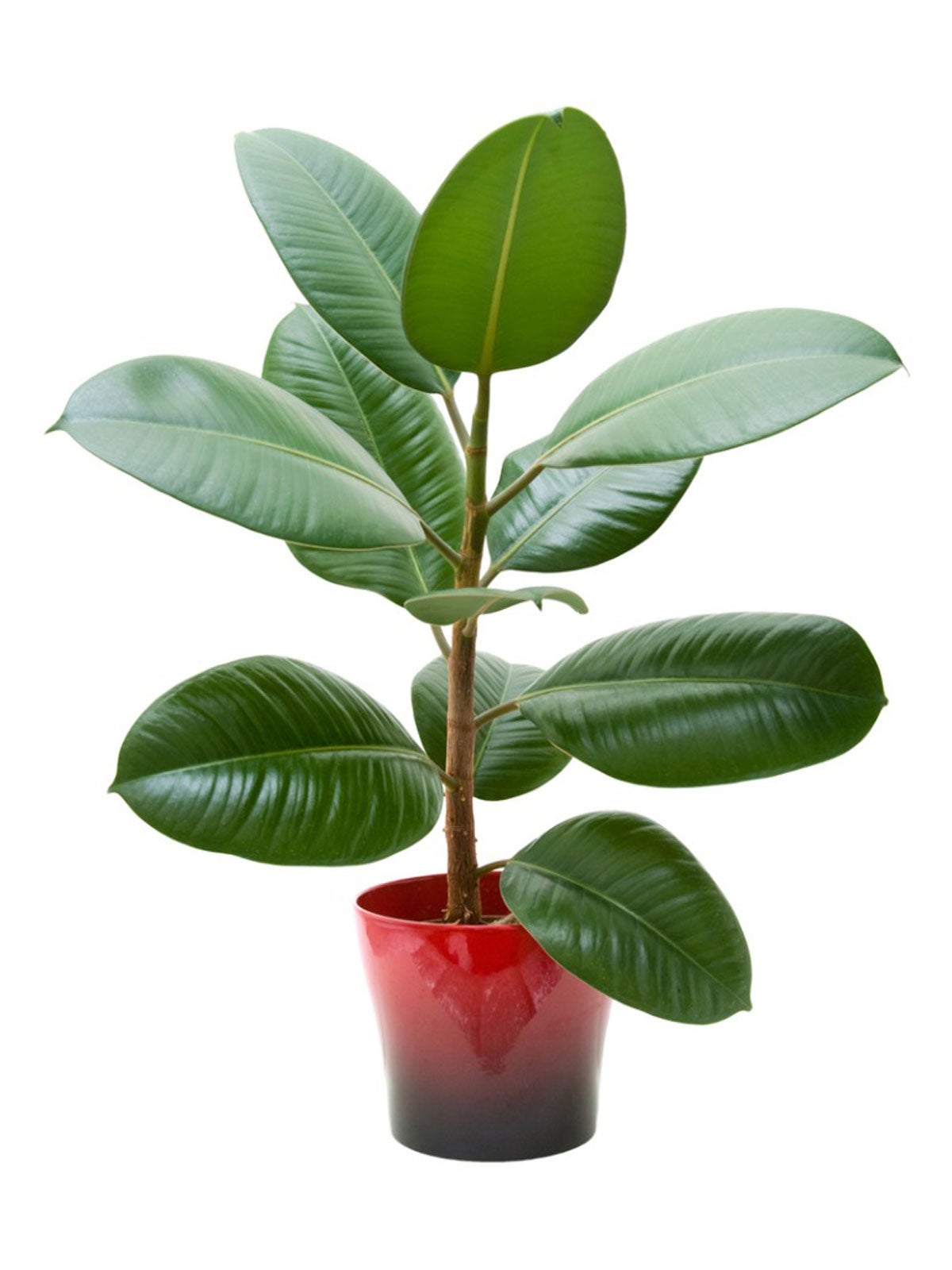

A rubber tree plant is also known as a Ficus elastica. These large trees can grow up to 50 feet (15 m.) tall. When learning how to care for a rubber tree plant, there are a few key things to remember, but rubber plant care isn't as difficult as one might think. Starting with a young rubber tree houseplant will allow it to adapt to being an indoor plant better than starting with a more mature plant.
Proper Light and Water for a Rubber Tree Plant
When it comes to rubber plant care, the correct balance of water and light is crucial, as with any plant. You can control the amount of light and water it gets, which is important because they shouldn't have too much of either.
Light
A rubber tree houseplant needs bright light but prefers indirect light that isn't too hot. Some people recommend putting it near a window that has sheer curtains. This allows plenty of light, but hopefully not too much heat.
Water
The rubber tree plant also needs the right balance of water. During the growing season, it needs to be kept moist and watered at least once a week. It is also a good idea to wipe off the leaves of your rubber tree houseplant with a damp cloth or spritz them with water. If you water the rubber tree plant too much, it will signal you by the leaves turning yellow and brown and falling off.
In order to promote new leaves on a rubber tree houseplant, cut a slit in the node where a leaf fell off. This will allow a new leaf to grow quicker. During the dormant season, it may only need watered once or twice a month. If the leaves begin to droop, but not fall off, increase the water you give the rubber tree gradually until the leaves perk back up again.
Propagation of a Rubber Tree Plant
Once you know how to care for a rubber tree plant and it is growing well, you can begin the propagation of indoor rubber tree plants. There are a couple different methods for creating new rubber tree plant cuttings. The simplest is to take a small branch from a healthy tree and put it in good potting soil or water and let it root.
Another method, called air layering, is where you make a cut in a healthy rubber tree houseplant, put a toothpick in the hole, then pack damp moss around the cut. After that, wrap it with plastic wrap to keep the moisture level higher. Once roots begin to appear, cut the branch off and plant. All these things will lead to successful rubber plant care.
Gardening tips, videos, info and more delivered right to your inbox!
Sign up for the Gardening Know How newsletter today and receive a free copy of our e-book "How to Grow Delicious Tomatoes".

Shari Armstrong is a guest writer for Gardening Know How.
-
 4 Superfast Composting Methods: Turn Waste Into Garden Gold In 30 Days Or Less
4 Superfast Composting Methods: Turn Waste Into Garden Gold In 30 Days Or LessTry the fastest composting methods to turbocharge your pile and transform kitchen scraps and garden waste into finished compost in just a few weeks.
By Mary Ellen Ellis
-
 Best Spider Plant Soil – Complete Soil Guide And Expert Tips For Keeping Plants Happy
Best Spider Plant Soil – Complete Soil Guide And Expert Tips For Keeping Plants HappySpider plants are fun and easy plants to grow, but what is the best soil for a spider plant? Selecting the right soil is important so they can thrive.
By Bonnie L. Grant
-
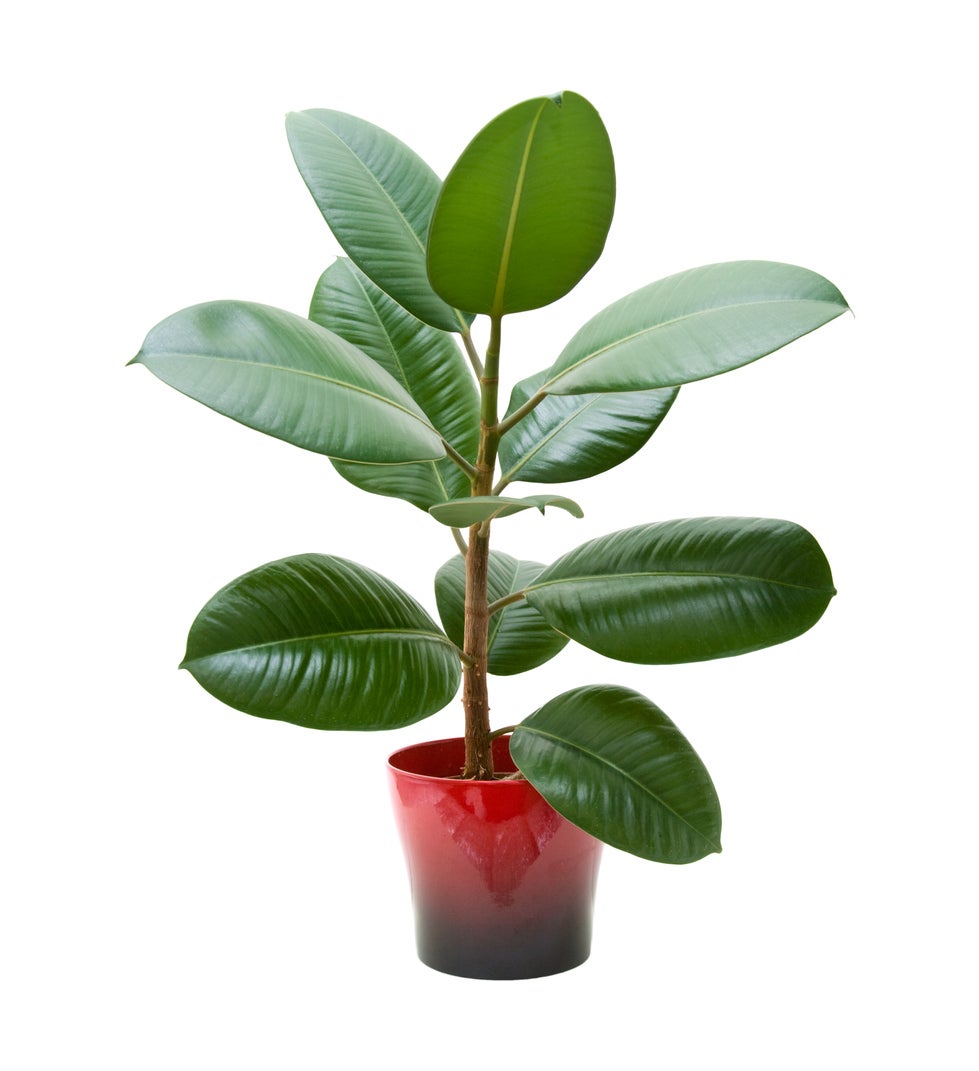 Rubber Plant Bugs: Fighting Pests On A Rubber Plant
Rubber Plant Bugs: Fighting Pests On A Rubber PlantUsually grown indoors, healthy rubber tree plants tend to be pest resistant. However, they can be infested by several sap-sucking pests. What to do if you notice rubber plant insects? Click this article for helpful tips and additional information.
By Mary H. Dyer
-
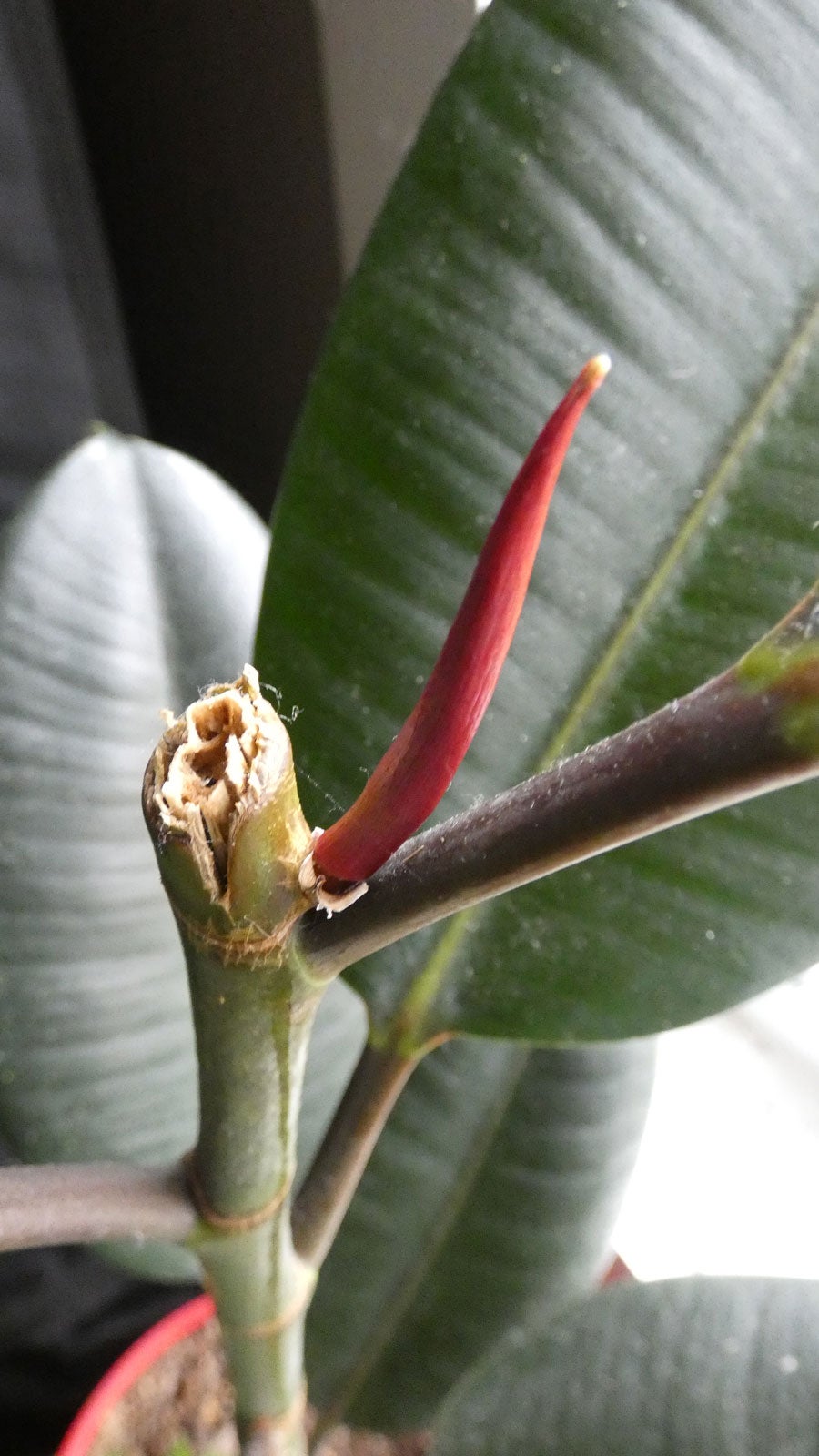 Rubber Tree Branching Tips: Why Won’t My Rubber Tree Branch Out
Rubber Tree Branching Tips: Why Won’t My Rubber Tree Branch OutThe rubber tree plant (Ficus elastica) can sometimes be temperamental, growing upward and refusing to grow side branches. There are a few reasons why your rubber tree won’t branch. Click on the following article and get your rubber tree branching this year.
By Becca Badgett
-
 Yellow Rubber Tree Leaves – Reasons For Yellowing Leaves On A Rubber Plant
Yellow Rubber Tree Leaves – Reasons For Yellowing Leaves On A Rubber PlantNothing disrupts a plant's aesthetics more than the presence of unsightly yellow leaves. Right now, I seem to have lost my gardening mojo because my rubber plant leaves are turning yellow. Find a solution for yellow rubber tree leaves in this article.
By Shelley Pierce
-
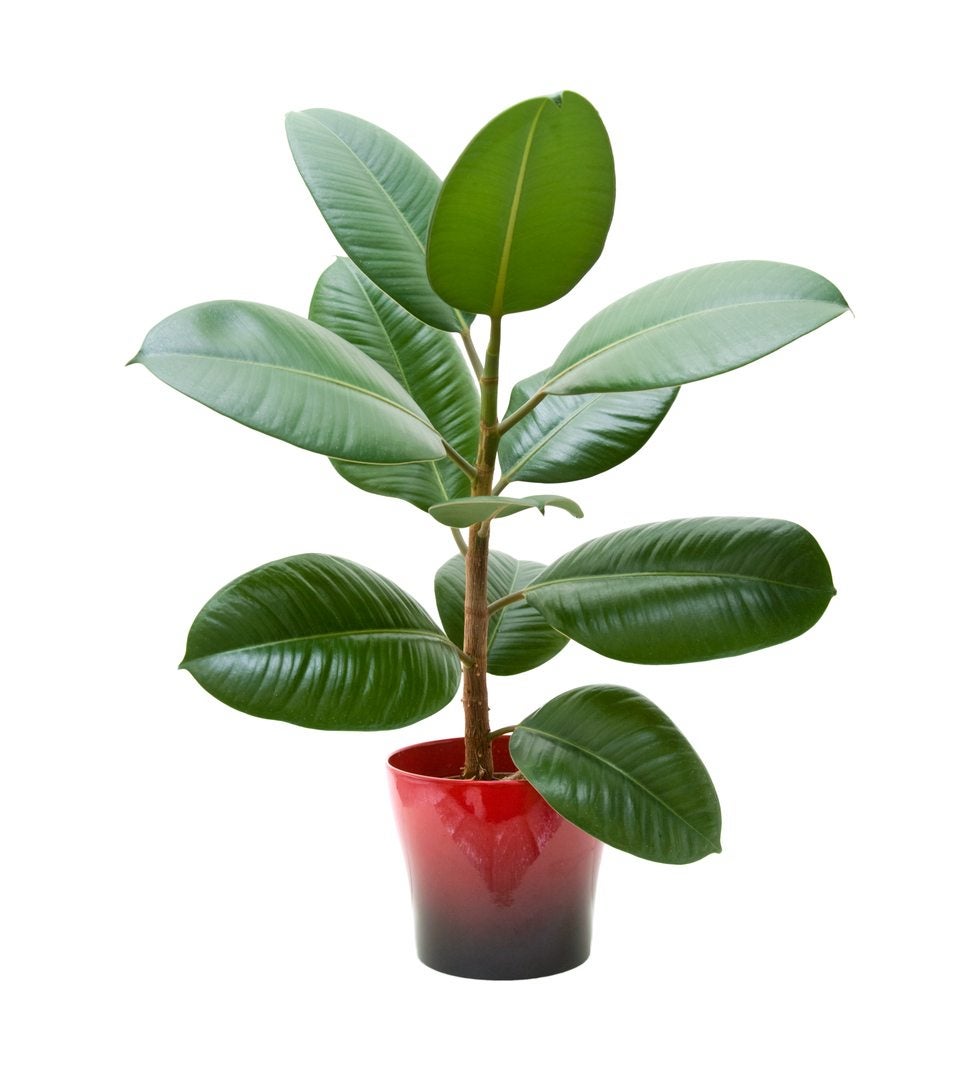 Rubber Tree Plant Potting – When Does Rubber Plant Need A New Pot
Rubber Tree Plant Potting – When Does Rubber Plant Need A New PotRubber trees make great indoor potted plants, but at some point you'll need to give them more room. Use the information found in this article to learn about rubber tree plant potting and when repotting is necessary. Click here for more info.
By Gardening Know How
-
 Watering A Rubber Plant: How Much Water Do Rubber Tree Plants Need
Watering A Rubber Plant: How Much Water Do Rubber Tree Plants NeedRubber tree plants are fairly easy to care for but dislike being moved and are fussy about water. Rubber plant watering must provide matching moisture to what the plants would find in their native Southeast Asian habitat. Learn about watering these plants here.
By Bonnie L. Grant
-
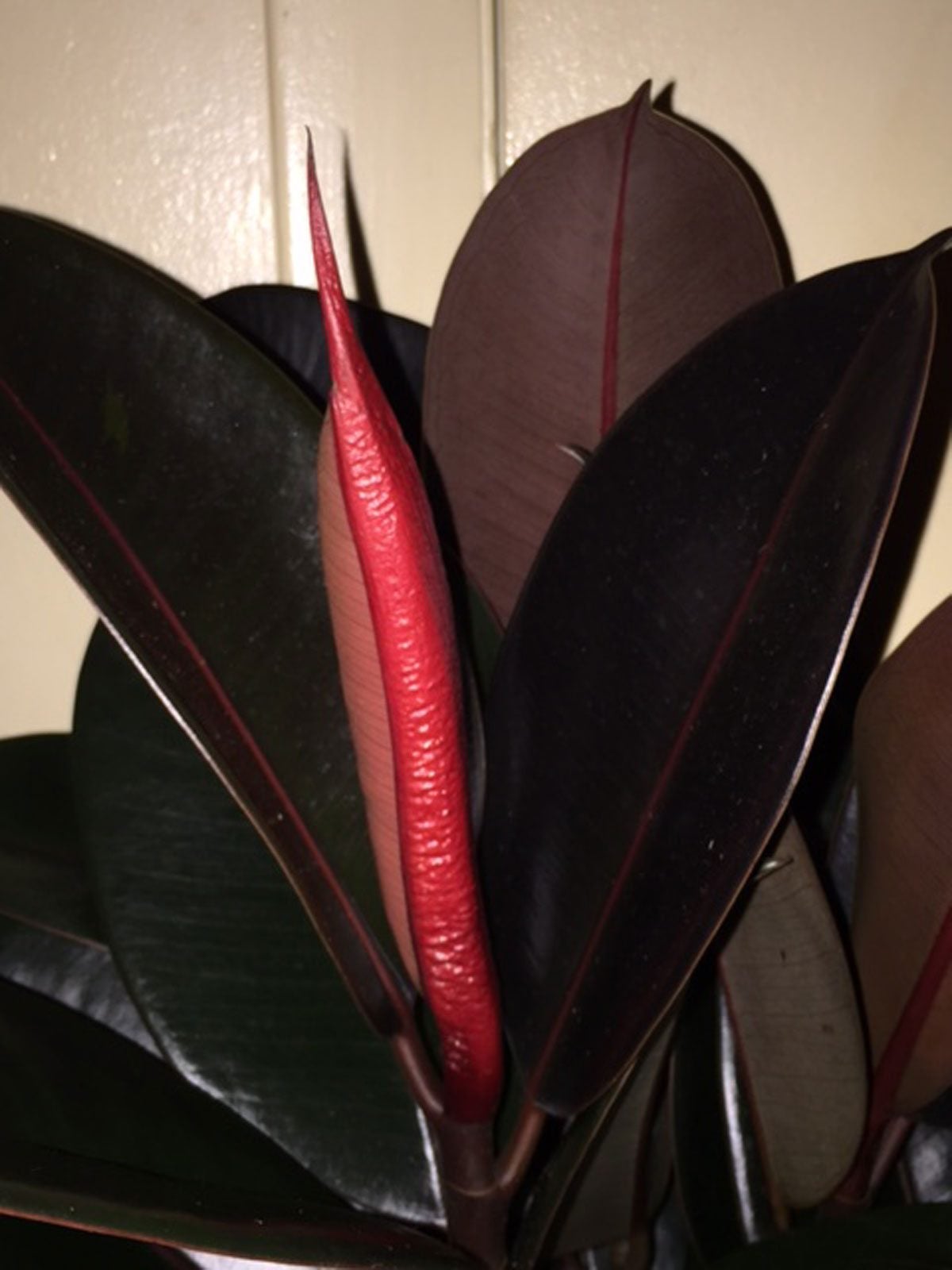 Red Sheath On Ficus: Does Rubber Plant Flower
Red Sheath On Ficus: Does Rubber Plant FlowerIf you've grown a rubber tree plant, especially the Burgundy type, and noticed what appears to be a beautiful flower unfurling, you might begin to wonder if rubber plant blooms or if this is your imagination. Find out in this article.
By Gardening Know How
-
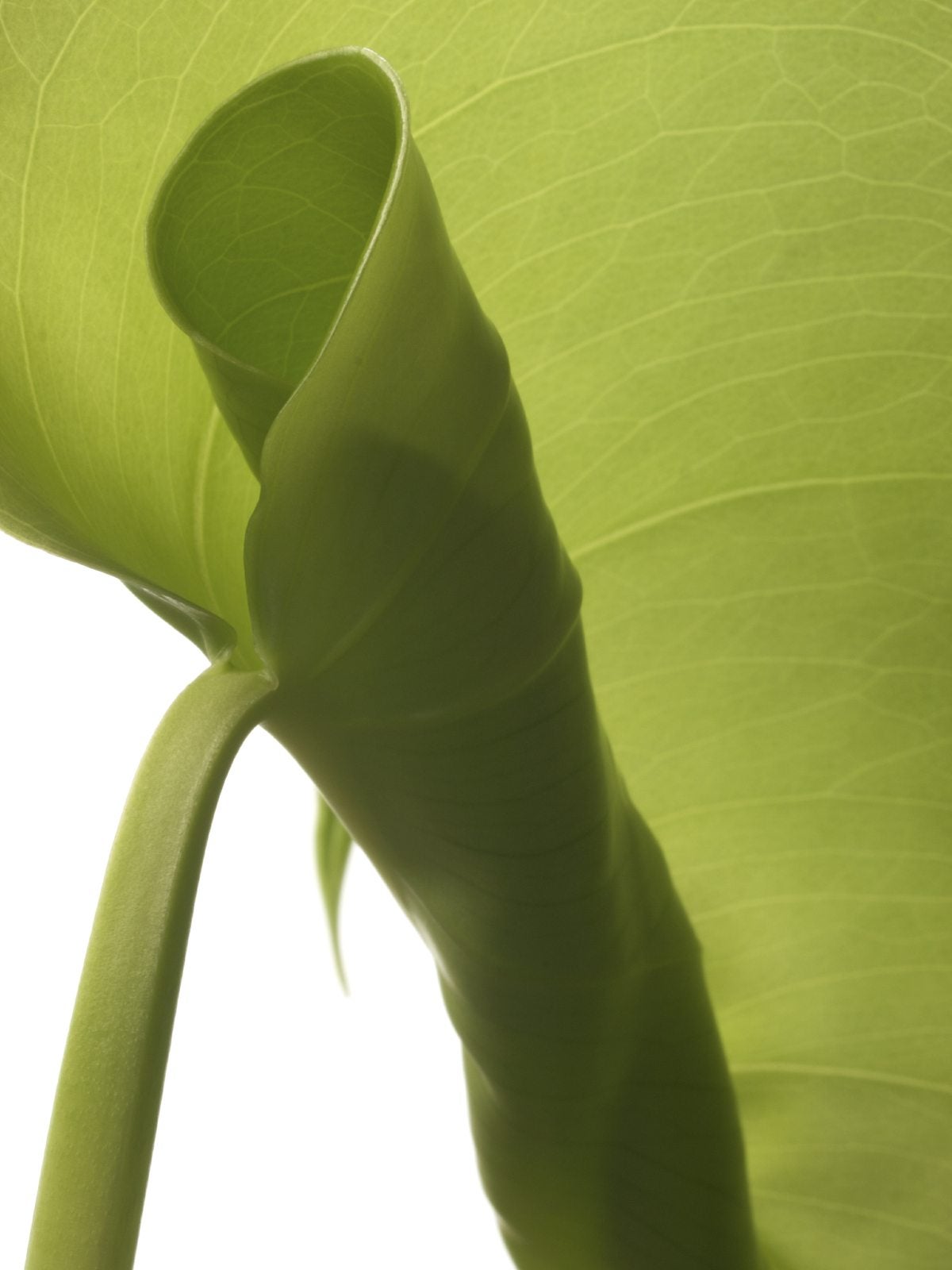 Leaf Curl On Rubber Plants: What Causes Rubber Plant Leaves To Curl
Leaf Curl On Rubber Plants: What Causes Rubber Plant Leaves To CurlAlthough rubber tree plant is relatively trouble-free, it can fall prey to various pests and diseases that can cause leaf curl on rubber plants. What causes rubber plant leaves to curl? There are several possible reasons. This article will help.
By Mary H. Dyer
-
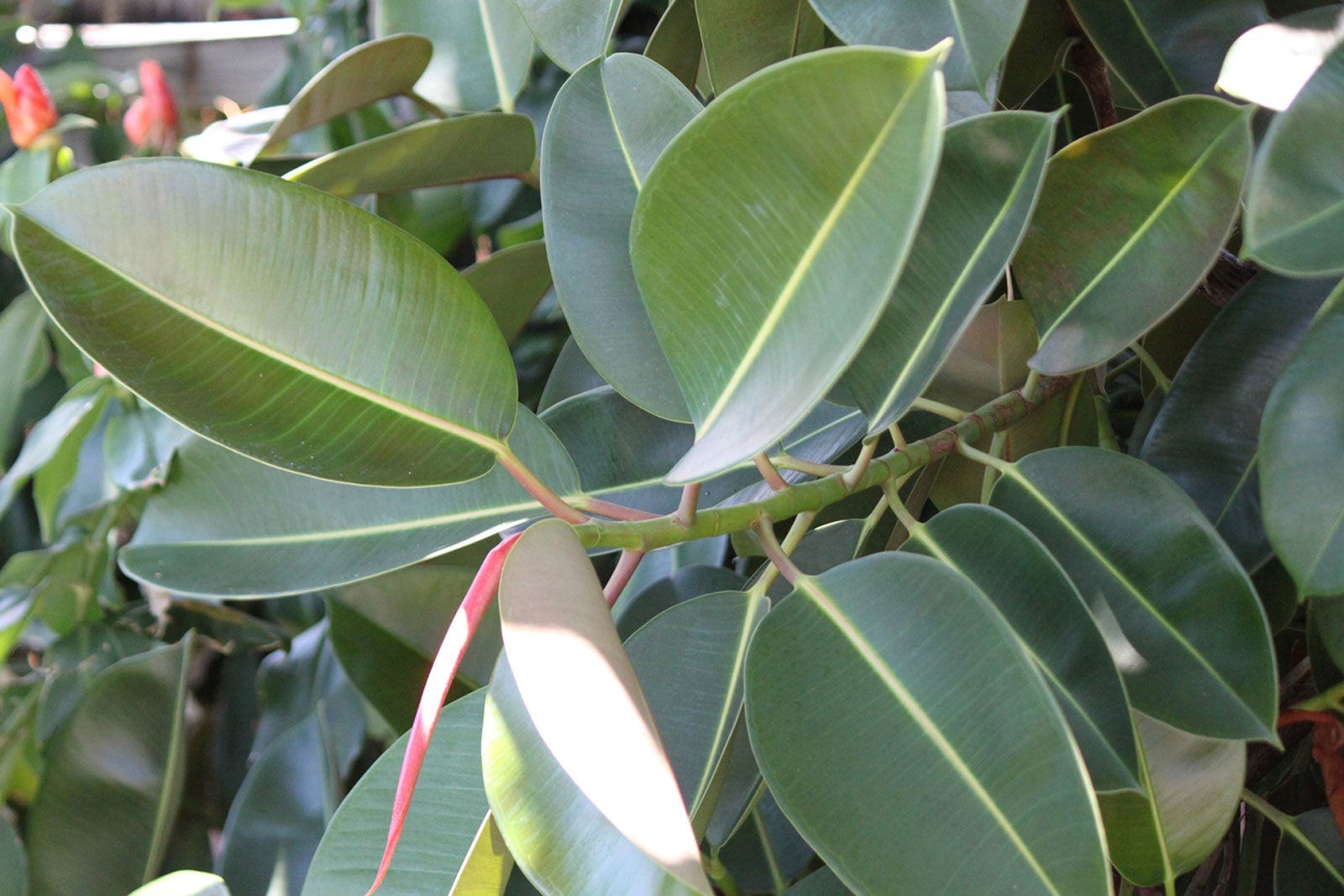 Rubber Plant Information: Taking Care Of A Rubber Plant Outdoors
Rubber Plant Information: Taking Care Of A Rubber Plant OutdoorsMost consider the rubber tree a large houseplant and find it is easy to grow and care for indoors. However, some people ask about growing outdoor rubber tree plants. Read here to find out.
By Becca Badgett